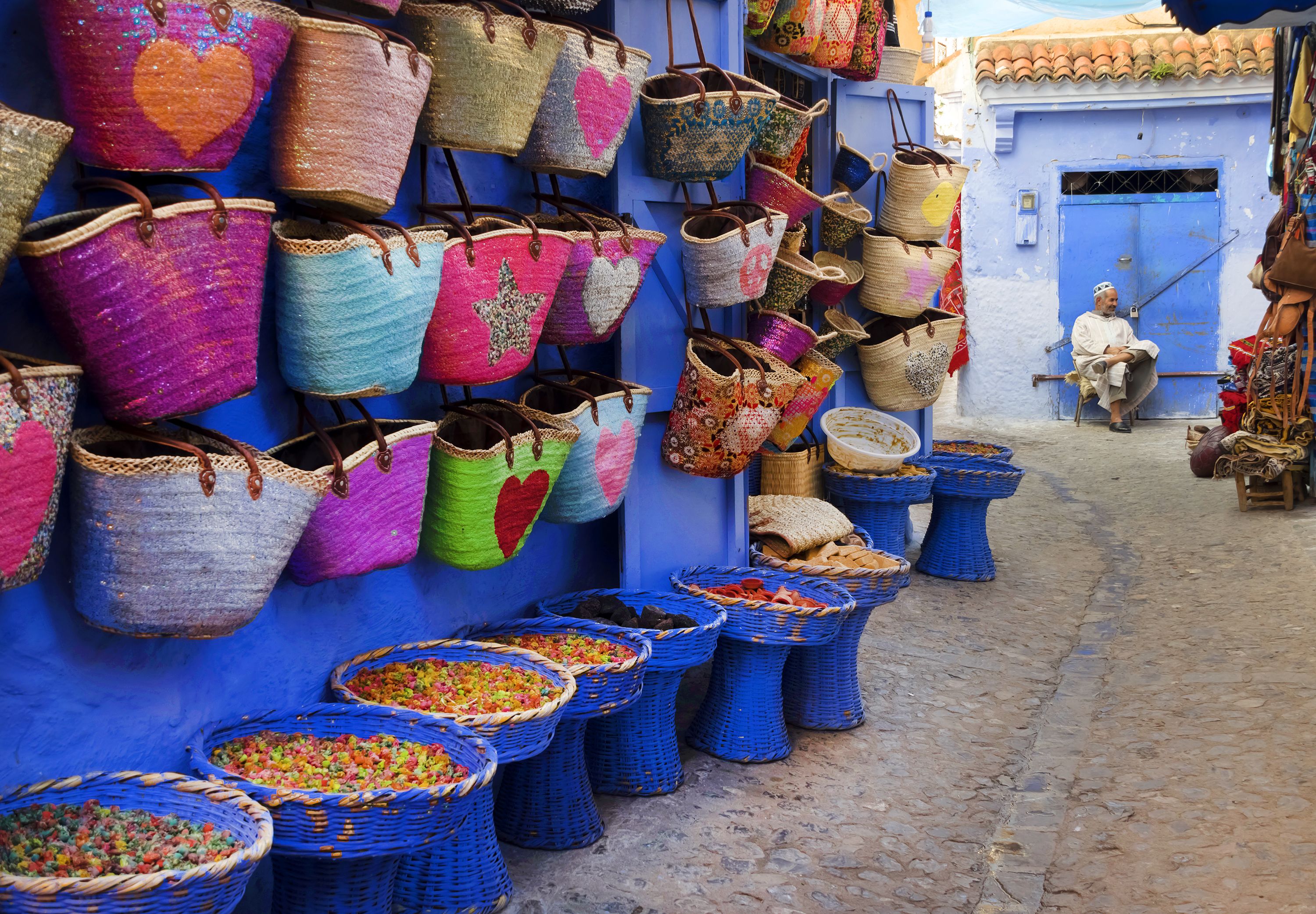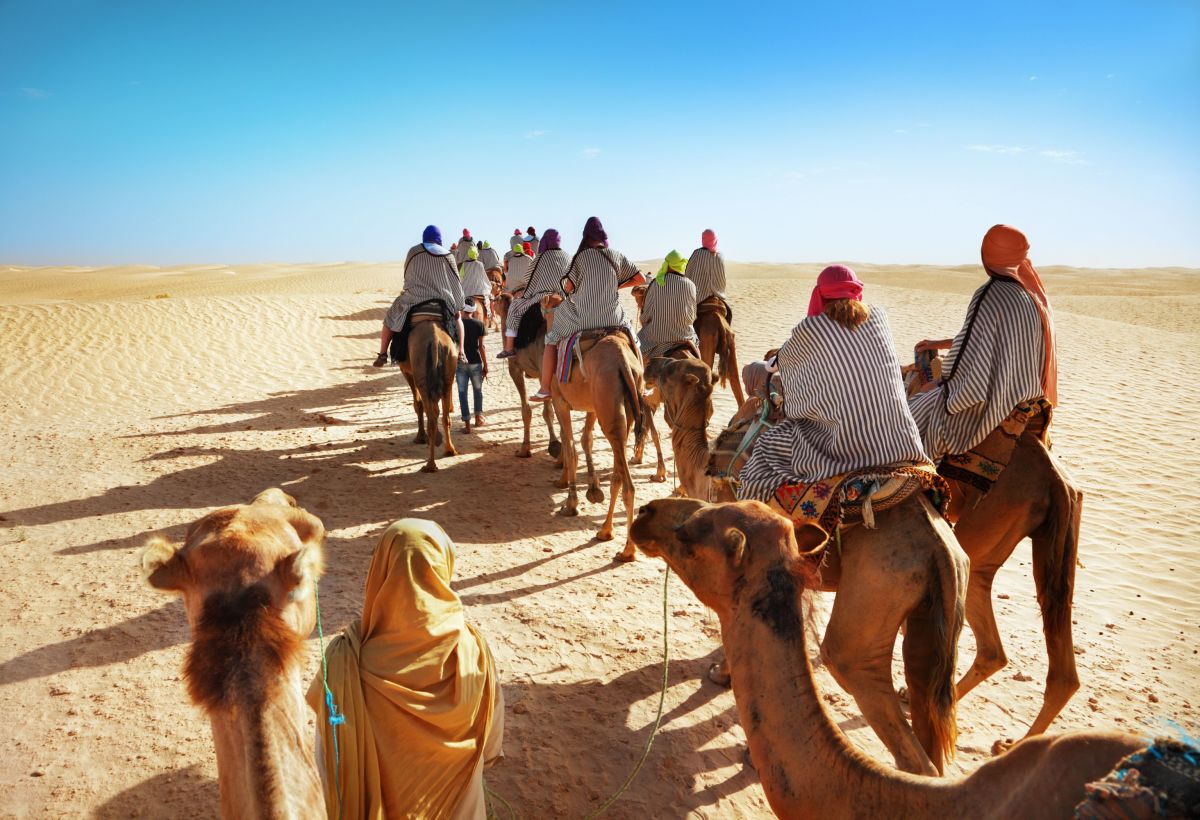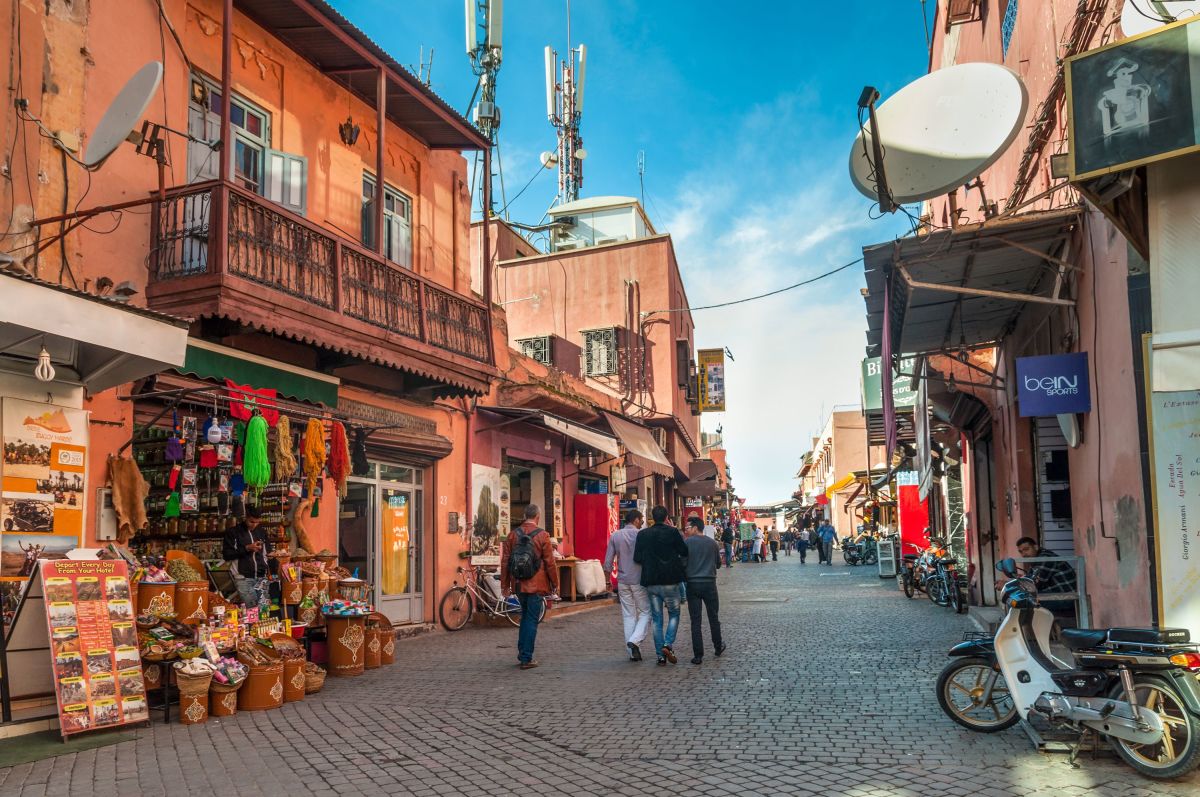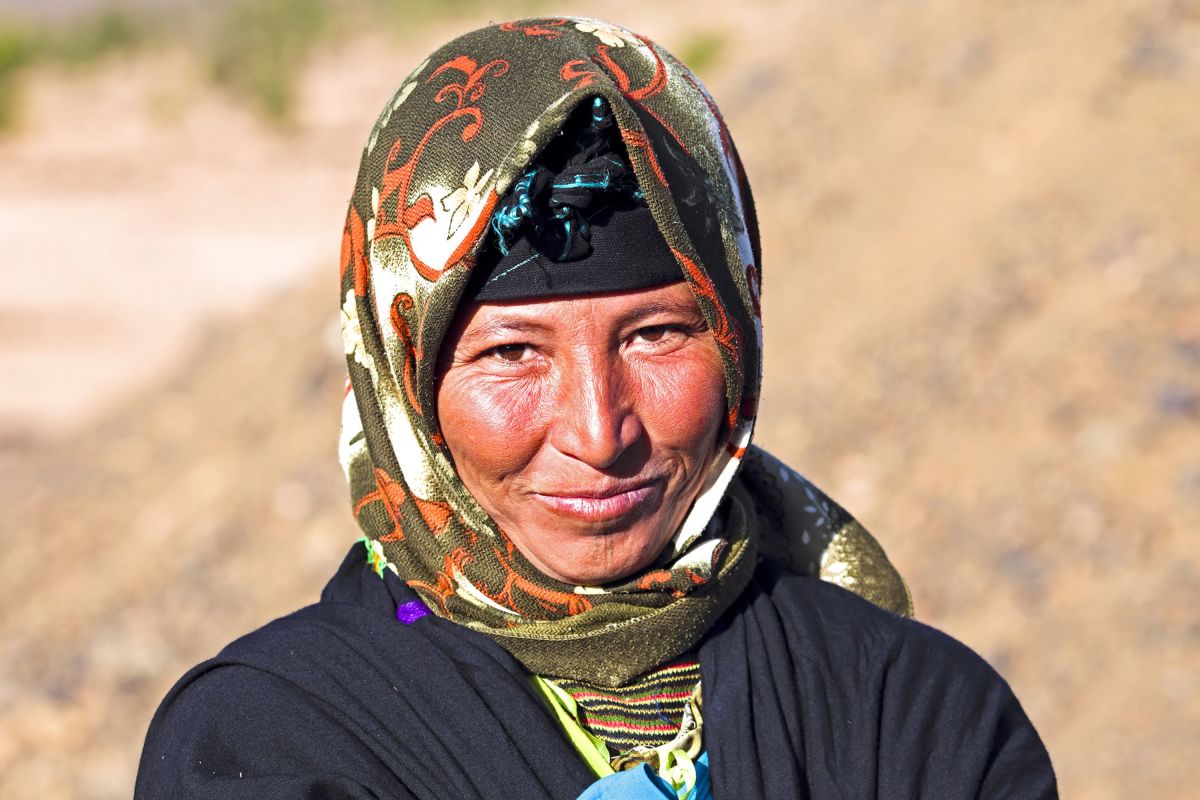
What to Wear in Morocco
The shapes and colors of Morocco are enough to mesmerize even the most jaded traveler … and we’re not talking just about the Chefchouaen’s azure architecture’s rooftops, or the glowing white ridgelines of the snowcapped Atlas Mountains. The clothing of Morocco is a part of its culture, and is on the minds of locals and travelers, both as Moroccans carry on their wearable traditions, and as travelers choose wisely how to dress on their trip. What to wear in Morocco is an important part of planning a trip to visit it - let’s explore this county’s lovely wardrobe, both local and what to bring with you!
How to dress in Morocco of course depends on who you are and what you are doing: gender, age, the context you’re in … all of these call for certain kinds of attire. What locals wear as they sit and enjoy a cafe meal differs from what a traveler would wear as they traverse from the shores of Casablanca to the Berber Sahara camps. In Morocco, dress code varies from situation to situation, and we as travelers should be aware, adaptable and appropriate as we seek the country’s beauty in the situations we’ll encounter.

Dressing Like a Pro in Morocco
The main key to a wise approach to Morocco dress is choosing clothing that layers well, and can be adapted to the very wide range of weather and climate zones in the country. As with many dry coastal countries, a nice morning at the beach might be a short drive separated from a very brisk afternoon in the mountains or a scorching day in the desert. Morocco’s climate is considered to be temperate Mediterranean, one of the most sought-after in the world, but can also present much variety.
Cool and wet is not uncommon along the coast, with temperatures in the 50s and 60s, ranging to dry, hot and into the 90s in the desert, with downright cold dips into the 40s at night.
Traditional Moroccan Dress
Traditional dress in Morocco has a rich history, as well as enduring continuity into the present. Morocco continues to be a conservative Muslim country, with Sunni Islam as its official religion. Two truths that go along with this are:
- Travelers will see lots of cultural evidence of Islam, including traditional clothing associated with this way of life
- Travelers will be expected to dress and act in ways that are in accordance with this prevailing tradition
Though these and other aspects of Islam can seem restrictive in certain ways, they are actually best seen as a WIN - the beauty of these traditions is a highlight of Morocco Tours!
Traditional Moroccan attire can be seen everywhere you go in the country, and is similar to the kind of clothing you’ll find in many Muslim countries. In Islamic settings, most of the body (arms and legs) is usually covered, and this serves a number of purposes:
- The general value placed on modesty, emphasized on both genders, is prioritized; women in particular are expected to respond to this value
- Clothing protects the body from the often harsh desert or tropical climate that is common in Muslim countries. Light, flowing garments moderate against hot, drying winds, as well as the burning sun. Head coverings further these goals!
- On top of clothing just being worn for hot weather, cold weather is an important consideration as well. Morocco’s weather can change quickly, and can vary widely from the coast to the inlands cities, highlands and mountains, and deserts, which can get downright chilly, especially at night.

What Locals Wear in Morocco
As is typical in Muslim countries, long-sleeve, flowing gown-like garments are typical for both men and women. In Morocco and across the Maghreb (Islamic-majority North Africa), unlike some other places, both men and women don a garment with the same name: the djellaba.
Headwear, however, is a whole other story. A wide variety of ornaments cover the head, with men often wearing the fez (and other coverings), and women wearing the head covering hijab (meaning literally “modest dress”).
One of the most fascinating points of interest regarding clothing heritage in Morocco in the Chouara Tannery of Fez: famed leather goods, such as bags, coats, shoes, and slippers, prized for their high quality have been made here since the 11th century!

Good Clothing Choices for Travelers to Morocco
Following the lead set by traditional Morocco attire, travelers can be contextually aware and ready for the settings that life Morocco will bring. Here are a few principles and great items of clothing to take along:
Principles
- Dress in layers that can be donned or shed for changing weather conditions and social settings
- The default is to choose long sleeves and long pants for whatever the occasion, save for modest (with a capital “M”) swimsuits for certain beach areas in Essaouira, Casablanca and Rabat
- Consider neutral colors that will be unobtrusive and blend in with your rustic surroundings
Items
- A pair of sturdy shoes or lightweight boots, as well as robust sandals with a heel strap
- Breathable undergarments, including lightweight long underwear
- Lightweight synthetic shirts (with a collar) and pants
- A wide brimmed hat, as well as lightweight beanie for time in the Atlas Mountains and during Sahara Desert mornings
- A thin fleece top and insulated jacket for colder settings
- A lightweight scarf that can serve many purposes: dust filter, outfit accessory, modesty covering, and 101 other uses!
- Don’t forget a lightweight shell jacket for rain that is a possibility wherever you go
Keep some of your warmer items in your carryon during your international flight, as your layover may be somewhere cold. Also, clothing with good loft can make for nice extra pillow material!


Morocco Clothing for Women
Moroccan women's dress is on the conservative side, as is typical in the Middle East. The customs of Morocco mean that women travelers - just like local women - are diplomatic in heeding the country’s dress code for females. Long dresses reaching well below the knee and shirts that cover the shoulders here are standard, and a scarf can serve this purpose as well as covering the head should the unlikely situation arise in an extra conservative context. Unlike some of the yet more conservative Muslim countries of the Middle East, foreign women being required to cover their head is uncommon according to the Morocco dress code.
Moroccan attire shares much about the country’s heritage, and traveling here is a great opportunity to experience Muslim culture in a relatively relaxed and very welcoming atmosphere. The varied regions and temperatures make planning how to dress in Morocco a bit tricky in some ways, but once prepared correctly, the country’s pleasant Mediterranean climate is dreamy indeed. Contact our Global Basecamps Travel Specialists today to get started planning your Morocco tour!

